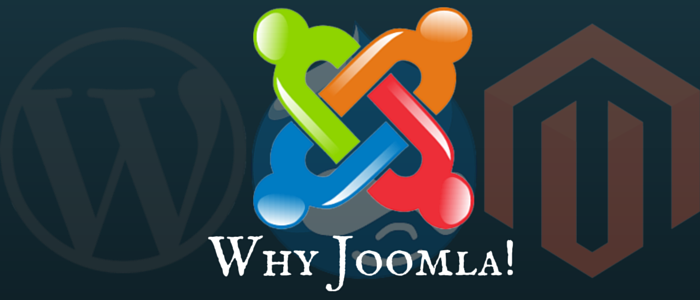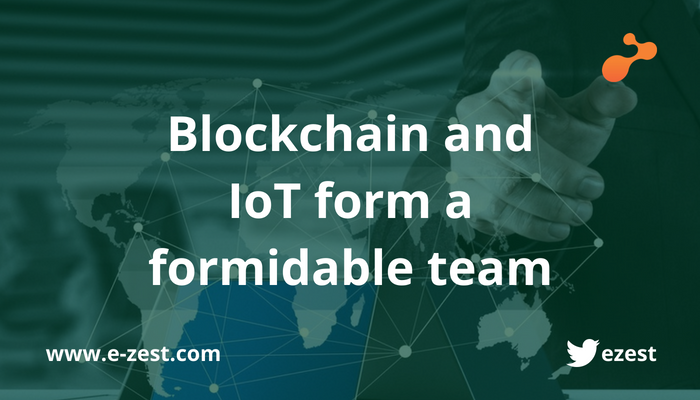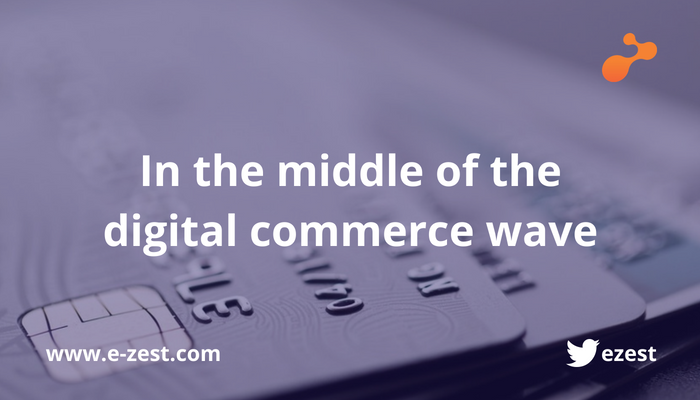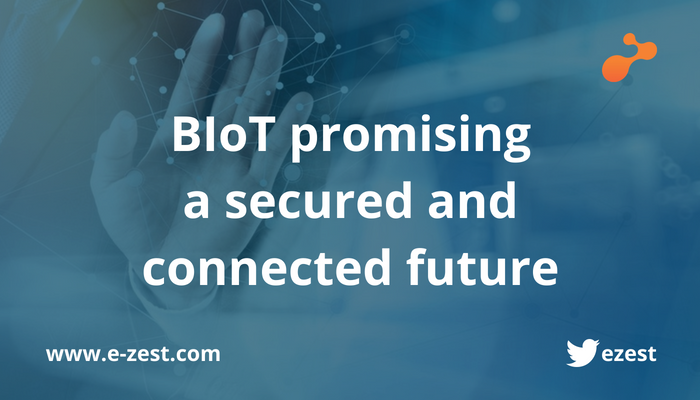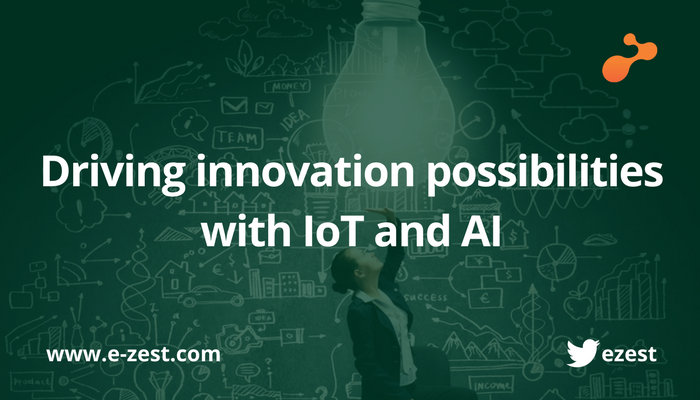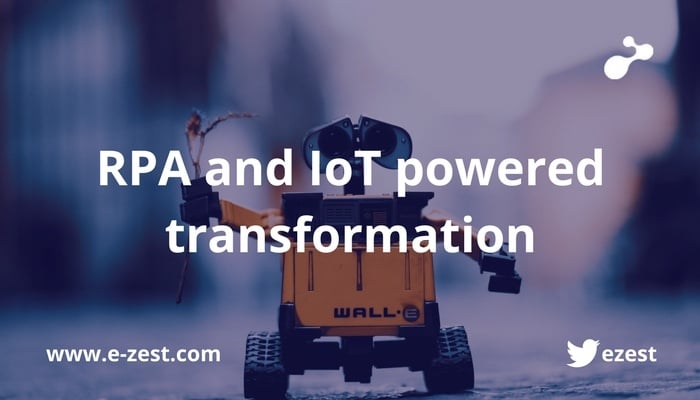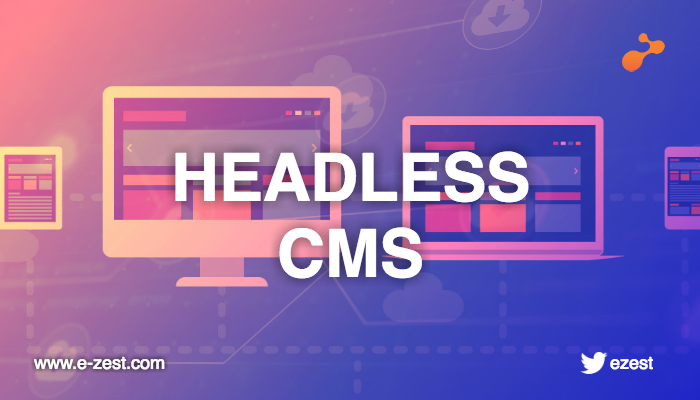
As the Content Management aspect is gaining more momentum in today's highly connected world, so is the need to create digital experiences that are increasingly cross-platform, richer and more personalized than ever before. This substantiates the rise of 'headless' approaches to content management – The Headless CMS, as it is known in industry vernacular.
What does Headless CMS mean?
With its single point of storage, a headless CMS promises to address the need for omni-channel content delivery and experience management and challenges the traditional CMS systems.
Simply put, it refers to the delivery of the entire solution via an API. While a cloud-first headless CMS can be used in thousands different ways to build new and innovative solutions, here are some things to consider before selecting a headless CMS:
- Evaluate the business value of a headless approach and what is the rationale for your organization
- Analyze the costs of maintaining headless system vs implementing a traditional web content management solution. How do they compare?
- Do a SWOT analysis of a headless CMS to a traditional web content management system comparing capabilities
- See how it impacts your ability to create, collaborate, and control content. There are infrastructural issues to consider, such as user and group security management, content aggregation and architecture, reporting and versioning, etc.
- Think beyond the projects you are working at present and assess your full set of digital properties. Opt for it if it truly benefits your organization in consolidating your properties into a single technology stack in a long run
- What technology setup is needed to support and sustain your digital business for the long run?
If you wish to integrate Headless CMS and see whether headless is the way to go for your organization, the best bet is to consider the above points.

